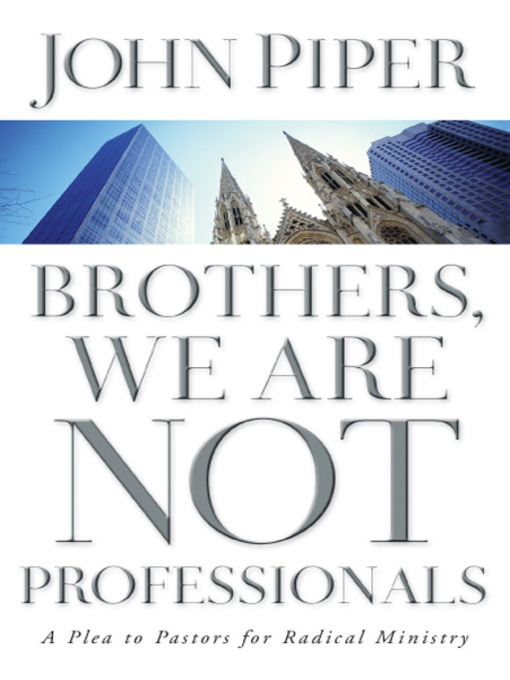 In preparing for our trip to Cambodia in August, our team is reading through a stack of books related to missions, and this is one of them. Of all the books, this is the one I looked forward to least. Reading a book on missions harkened me back to my Multnomah days, and I’d rather read something else. Even the subtitle sounded dull: “The Untold Story of Global Christianity.” I’m pleased to say that I was wrong.
In preparing for our trip to Cambodia in August, our team is reading through a stack of books related to missions, and this is one of them. Of all the books, this is the one I looked forward to least. Reading a book on missions harkened me back to my Multnomah days, and I’d rather read something else. Even the subtitle sounded dull: “The Untold Story of Global Christianity.” I’m pleased to say that I was wrong.
Miriam Adeney, a professor at Seattle Pacific University, takes readers on a tour of Christians around the world, ones often under persecution for believing in Jesus. She highlights believers in China, Afghanistan, Iran, Philippines, India, Latin America, and in several African countries. In each, she offers stories of how the Gospel spreads in that culture, and gives a few stories of the believers there. The accounts are powerful, and they show two things: one, the Word of God goes forth in every tribe, tongue, and land; two, even the newest Christian in this book has more faith than I live like I do.
I really enjoyed this book because it offers me a picture of what God is doing outside of America. I am guilty of thinking that somehow America is the main sender of missionaries, and this book shows how Christians from all over the world are missionaries, often in their own culture and town. Adeney seems to be intentional in leaving out Americans in this story, not because we don’t send out workers to the harvest, but rather because we must see that God is doing a good work all over the world. Often, it is the American missionaries’ stories that are told and published. The subtitle now makes more sense.
There are some features of the writing that annoyed me and obstructed the clarity of her message. Adeney was uneven in the narratives and connected stories that did not need connecting. She also started chapters and major sections with dialogue from the middle of a conversation. It felt a bit gimmicky. She also has unnecessary section titles with cutesy names embedded in many paragraphs. These criticisms are minor in light of the entire book, and they go to show that God’s story will be told, regardless of the vehicle telling it.
Kingdom without Borders further opened my eyes and heart to Christians around the world and how they interact and witness to their kinsmen who are Hindus, Muslims, or Buddhists. It also raised my awareness of the persecuted church that still exists all over the globe. We take our religious freedom far too lightly with our air-conditioned buildings, PowerPoint sermons, and ample parking.
I highly recommend this book to help you see the movings of God in proclaiming the majesty of Jesus Christ in all the countries of the world. It showed me that
“Jesus’ church will be alive, blossoming in a million places in several thousand languages, “salting” the earth, lighting neighborhoods, blessing broken people and connecting them with the God who made them and loves them and can empower them to live with meaning and joy in this terrifying and beautiful world” (39).
 John Piper writes the collection of 30 short essays addressing topics affecting pastors today. Some of them are excellent (“Brothers, Read Christian Biography”; “Brothers, Fight for Your Life”), and some of them are duds (“Brothers, Pray for our Seminaries”). They all capture what we love about John Piper: creative insight, Scripture-based, and passionate pleas pointing us to Christ.
John Piper writes the collection of 30 short essays addressing topics affecting pastors today. Some of them are excellent (“Brothers, Read Christian Biography”; “Brothers, Fight for Your Life”), and some of them are duds (“Brothers, Pray for our Seminaries”). They all capture what we love about John Piper: creative insight, Scripture-based, and passionate pleas pointing us to Christ.




